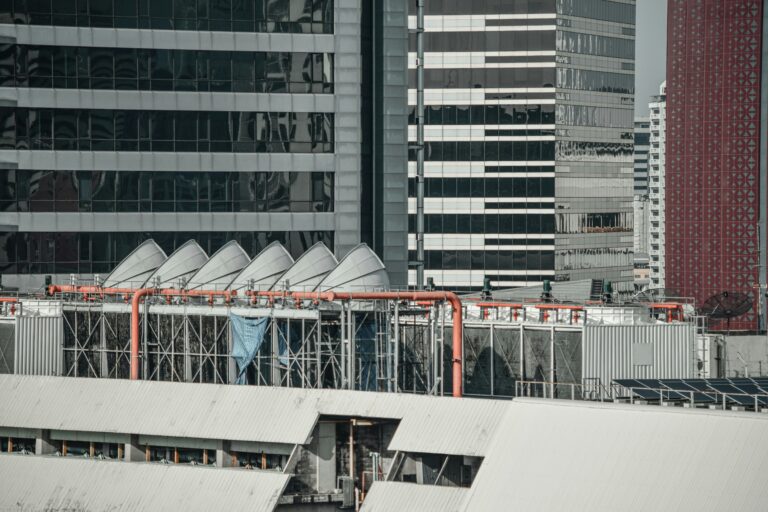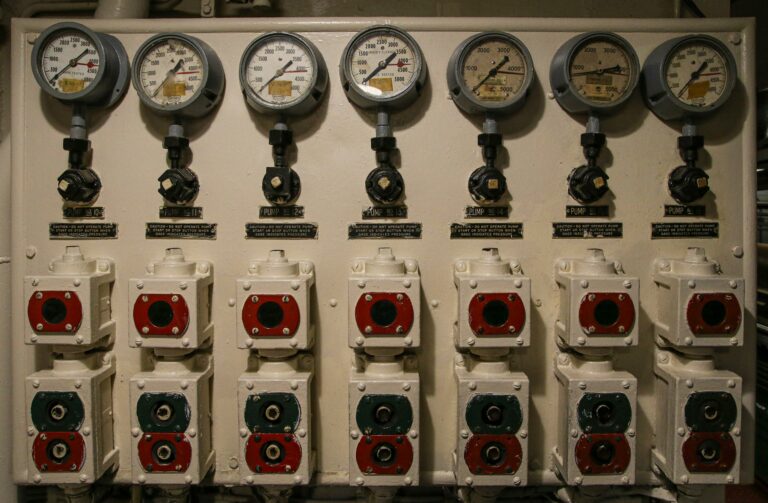List of HVAC Companies in the USA: Tips to Find the Best Fit for Your Project in 2025
The HVAC companies play a vital role in maintaining a healthy and comfortable indoor environment.
Read ArticleThe components of HVAC design involve detailed planning of heating, ventilation and air conditioning systems for a residential space. To ensure comfort, efficiency and aesthetic uplift of the house, HVAC optimisation is a must. It helps to make the home functional with proper ventilation, heating and cooling, cost-effectively. One can enjoy a comfortable and energy-efficient indoor space, by optimising the HVAC designs and structures. While planning the indoor design and architecture, HVAC planning plays a massive role.
The end-to-end planning and engineering of HVAC or heating, ventilation and air conditioning is a crucial aspect of civil construction and architecture. It helps to maintain good indoor air quality (IAQ) through adequate ventilation with filtration in residential places. HVAC also ensures thermal comfort indoor.
A streamlined HVAC design is beneficial and adds to the value, functionality and aesthetic appeal of the house.
Decrease in Energy Consumption: Well-designed systems are augmented to increase residential HVAC efficiency and reduce energy consumption. This has the benefit of enjoying lower utility bills. It also ensures a smaller carbon footprint.
Boost in System Performance: Efficient HVAC designs ensure that the system functions at peak performance, maximizing comfort and dropping waste of energy.
Effective Ventilation: HVAC systems are designed to deliver adequate ventilation. Optimisation also aims to provide fresh indoor air circulation by removing pollutants, odours, and dampness.
Selection of Proper Size: It is very essential to use the correct sizes of the HVAC elements for proper fitment. The parts have to be rightly sized depending on the size and specifications of the building. Undersized or oversized equipment can cause inefficacy.
Advancement in Filtration: Modern filtration technology helps in the effective and better removal of airborne particles, pollutants, and allergens. It helps to improve indoor IAQ
Reduction in Noise Level: Modern HVAC equipment is designed to function silently. Modern technology helps the elements to minimise noise distractions. It promotes a peaceful residential environment.
Control in Humidity Level: Optimised HVAC systems can effectually control levels of humidity. Thus, they can prevent the growth of mould and mildew. It helps to build a comfortable and hygienic indoor environment.
Consistency in Temperature and Humidity: The modern technology of the HVAC system ensures consistent levels of temperature and humidity within the indoor space. This boosts the comfort level of the residents.
Easy Maintenance: Well-designed HVAC systems are easy and quick to install. It helps to reduce the risk of expensive replacements or fixes.
Designing an effective HVAC system requires the analysis of a wide range of factors. Each factor plays an essential role in the holistic performance and effectiveness of the system.
One of the primary factors is the size of the residential space, layout, and occupancy load. HVAC designers must carefully seek and understand the spatial requirements, room configurations and size, and the number of people estimated to occupy the space. This information is crucial for precise calculation of the heating and cooling loads. It also helps to determine the appropriate size and placement of HVAC equipment.
The local climate and weather patterns are also vital factors to consider in optimising the HVAC design. Designers must have a fair knowledge of the temperature, humidity, and seasonal fluctuations of the region. This will help them to select the most appropriate HVAC technology. The choice of the proper size for HVAC design optimisation ensures that the system can retain the required indoor heating, cooling and ventilation quality throughout the year.
Energy efficiency is another critical consideration in HVAC design. HVAC systems are typically the largest energy consumers in a building, so designers must carefully select energy-efficient equipment and incorporate strategies to minimize energy usage, such as heat recovery systems, variable-speed drives, and advanced control algorithms.
Indoor air quality is another factor for optimising HVAC design. Designers must ensure that the system offers adequate ventilation, air filtration, and humidity levels to maintain a healthy and comfortable indoor space for the residents. This may involve the synchronisation of air purification systems, humidifiers, and dehumidifiers. It must also include proper sizing and placement of components of air conditioning.
Finally, the factor that HVAC designers cannot do away with is the cost-effectiveness of the system. This includes both the initial capital investment and the long-term operational costs. By judiciously balancing these factors, HVAC designers can form systems that not only engage with the functional requirements but also provide the best value for the building.
One of the most noteworthy technological advancements in HVAC design is the application of building information modelling (BIM) software. BIM empowers HVAC designers to form an intrinsic, three-dimensional model of the HVAC system, fitting it with the residential building design. This BIM technology enables designers to initiate the system’s performance and look for design flaws and operational conflicts. It also helps to optimise the equipment selection and design layout before beginning the installation phase.
Another crucial technological development is the use of computational fluid dynamics (CFD) software. This application allows HVAC designers to regulate the airflow, temperature, and humidity levels within a residential space. It also helps them to work on the ductwork design, ventilation strategies and air distribution for the best efficiency and comfort level of the residents.
In many design companies, HVAC designers can now integrate intelligent control systems that work with sensors, machine learning and algorithms to continuously oversee and regulate the HVAC system’s performance based on factors such as occupancy load, energy consumption pattern and weather conditions, these advanced control systems can boost indoor air quality, energy efficiency, and overall system performance.
Wrap Up
HVAC design determines the structure of the residential space’s heating, ventilation, and air conditioning. A proper and structured design makes the indoor place functional, comfortable and energy-efficient. It also boosts indoor air quality. Many design companies specialise in HVAC planning and designing, and one such renowned name is Rual Design LLC. Located in Cheyenne, USA, Rual Design LLC is a design firm offering end-to-end design and drafting services in the USA. Our specialists and engineers create sustainable and realistic solutions for HVAC components of residential and commercial properties. If you are scouting for the best HVAC design consultation, explore Rual LLC for a seamless experience.

The HVAC companies play a vital role in maintaining a healthy and comfortable indoor environment.
Read Article
The dynamism and revolution in HVAC design services USA have witnessed significant development, involving innovative technology and software applications.
Read Article